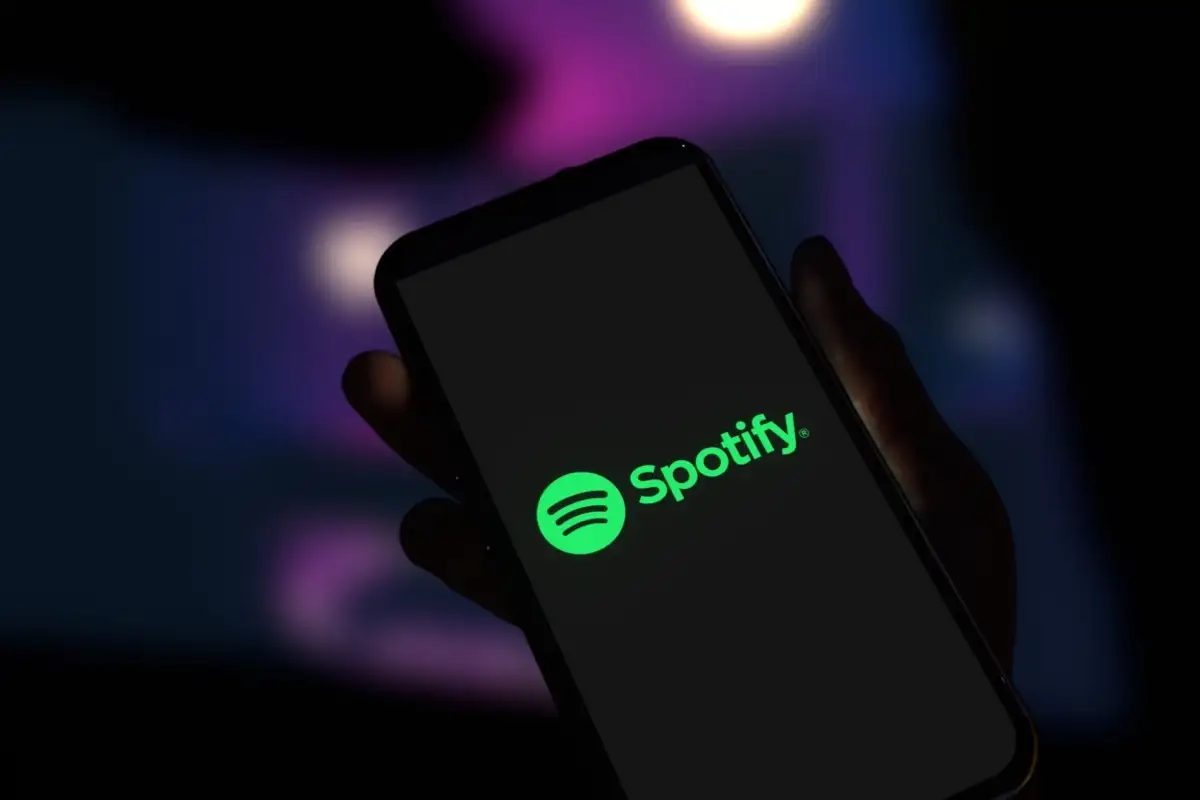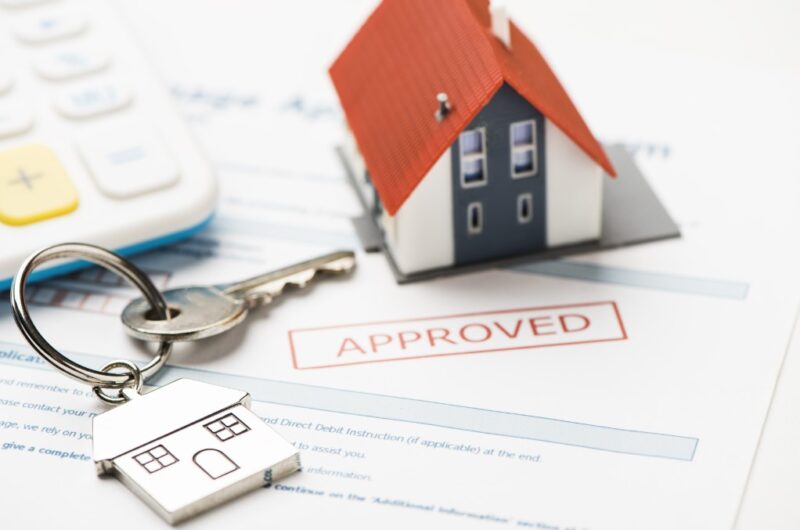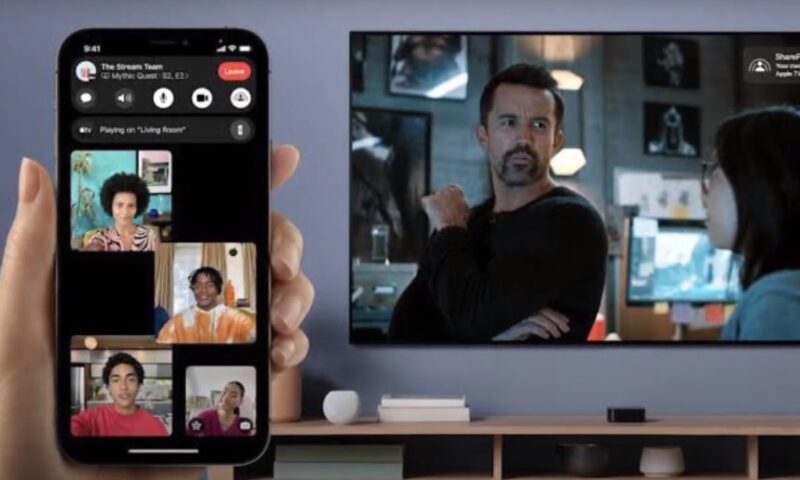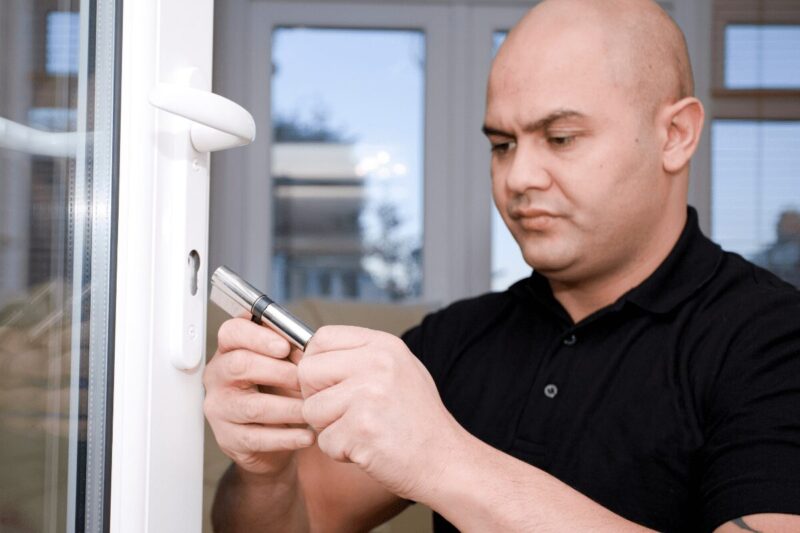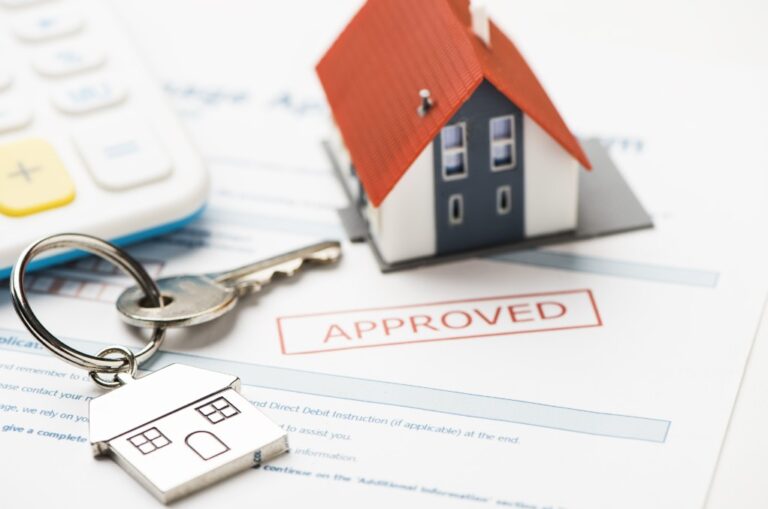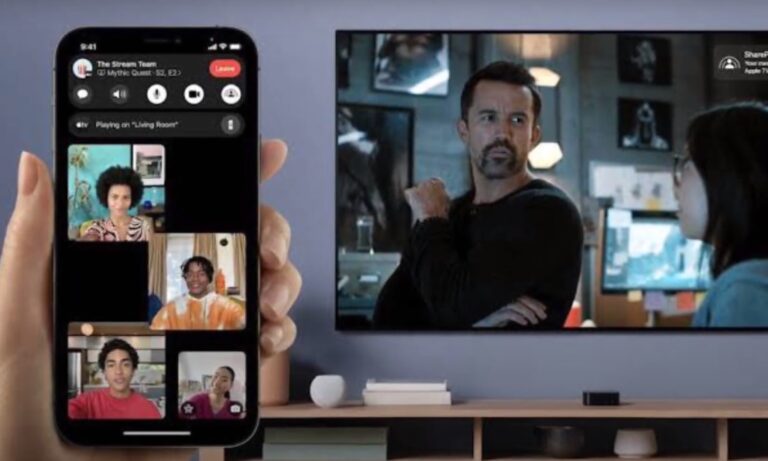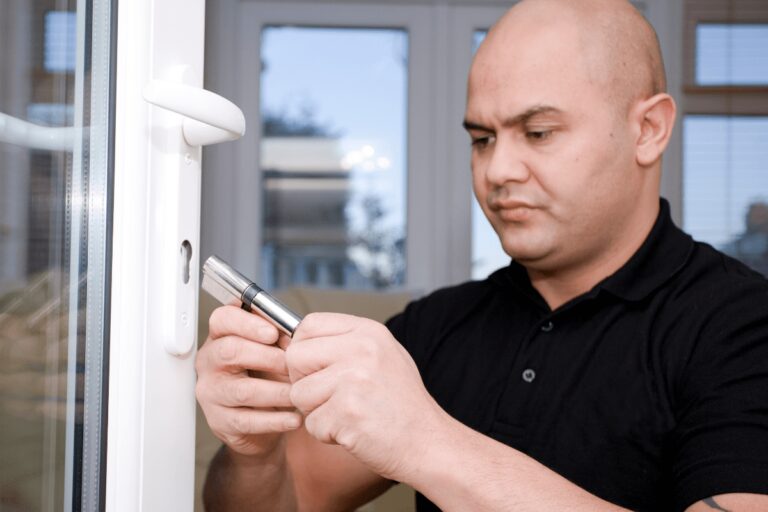Imagine you’re settling into your most comfortable chair, headphones ready, and about to dive into your favorite Spotify playlist. But then, nothing happens. Your music won’t play. This scenario is more common than you might think, affecting millions of users worldwide. But why does this happen, and more importantly, how can you fix it?
Let’s explore the solutions that can help you overcome this hurdle and get back to enjoying uninterrupted music streaming.
1. Check Internet Connection
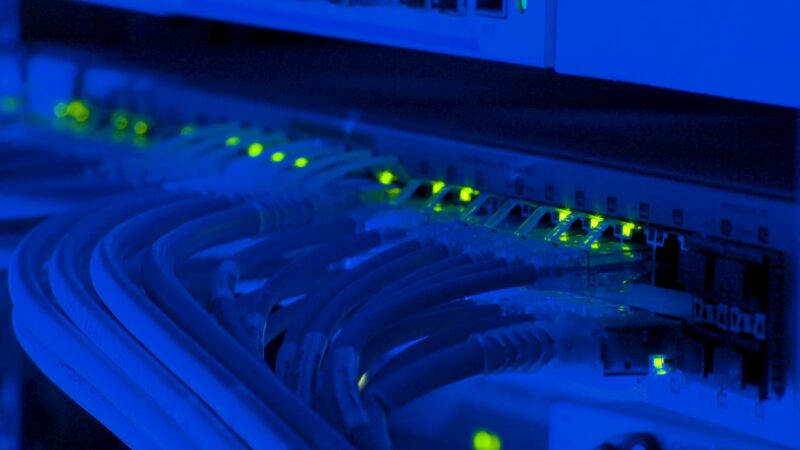
For Spotify users without a premium account, a stable internet connection is crucial for streaming music. If songs won’t play, first check your Wi-Fi or cellular data connection. Running a speed test can help determine if your internet is the culprit. Switching to a different network might also solve the issue.
Ensure that your device is not in Airplane Mode and that you have not exceeded any data limits set on your device. Sometimes, simply restarting your router or modem can improve your connection quality. If you’re on a shared network, try streaming at a different time when fewer devices are connected.
2. Check Spotify Status
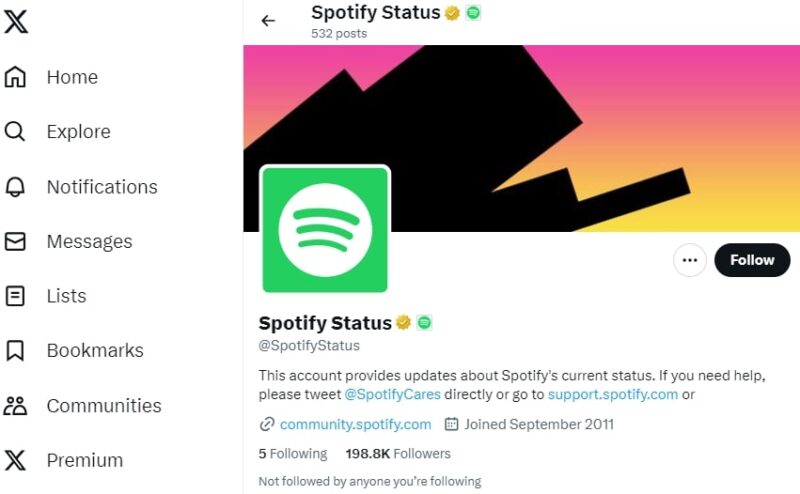
Sometimes, the problem is on Spotify’s end. Check Spotify’s official Twitter account, @SpotifyStatus, for any announcements regarding server issues. If Spotify has acknowledged the problem, the best course of action is to wait for a fix. Additionally, you can visit its official website or forums for updates and estimated times for resolution.
This proactive approach can save you time troubleshooting issues that are beyond your control. Remember, server issues are typically resolved quickly, so patience is key.
3. Check Your Account Status
For premium users, an expired subscription could be the reason behind playback issues. Spotify notifies users about the expiration, but it’s easy to miss. Check your account status to ensure your premium subscription is still active. You can do this by logging into your account on the website and navigating to the subscription section.
If your subscription has lapsed, renewing it should restore your access to premium features, including offline playback. Sometimes, payment issues can also interrupt your subscription, so verify that your payment method is up-to-date.
4. Restart the Spotify App
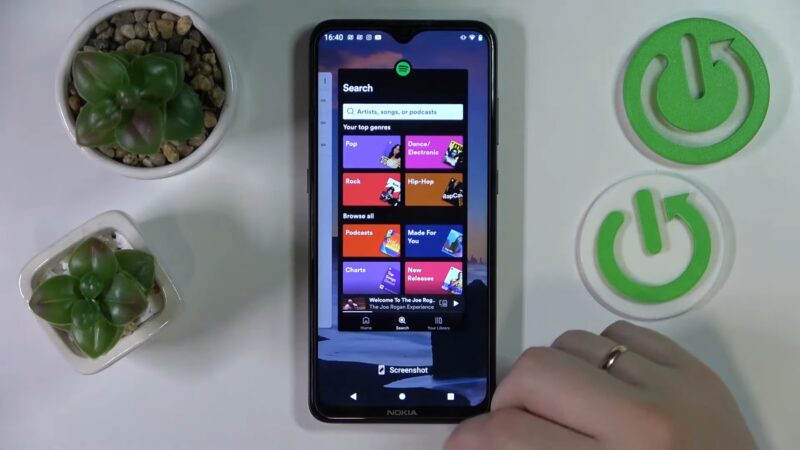
Glitches within the app can sometimes cause playback issues. Restarting Spotify can refresh its settings and potentially fix any minor glitches. Make sure to close other background apps that might be affecting Spotify’s performance. This simple step can free up system resources and improve app functionality.
If you’re using Spotify on a computer, ensure that your operating system is up to date, as compatibility issues can also affect app performance. Restarting your device entirely can also help clear up any lingering issues that a simple app restart doesn’t fix.
5. Logout and Log Back In
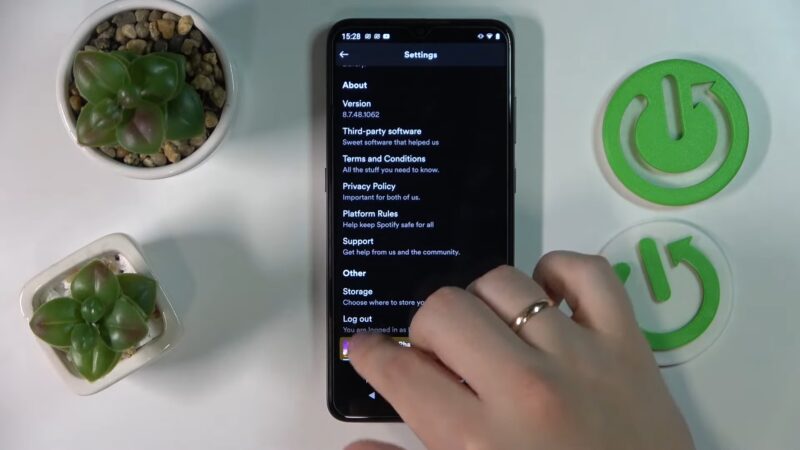
Logging out of your Spotify account and then logging back in can help clear any temporary glitches. This action refreshes your account’s connection to Spotify’s servers. It’s a quick way to reset your session and can often resolve issues related to account synchronization or data corruption.
Ensure you remember your login credentials before logging out to avoid any login issues. This step is particularly useful if you’ve recently changed your password or account details. Logging back in also ensures that your account settings are up to date across all your devices.
6. Turn Off High-quality Streaming
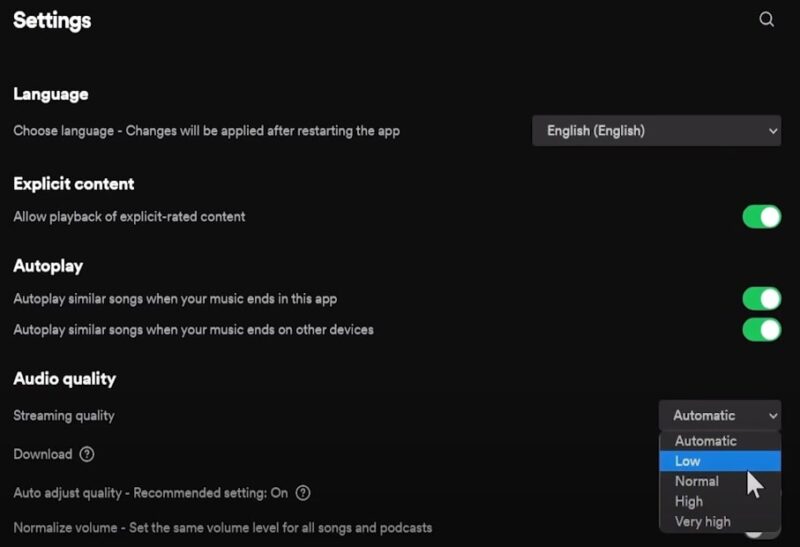
High-quality streaming is a feature available to premium users. If you’re experiencing playback issues, try lowering the streaming quality. This can be particularly helpful if your internet connection is slow or unstable. High-quality streams require more bandwidth, so switching to a lower quality can lead to more stable playback.
You can adjust these settings in the app under ‘Audio Quality’. Remember, while lower-quality streams use less data, they may not sound as crisp as higher-quality options.
7. Check Your Storage Device and Manage Downloads
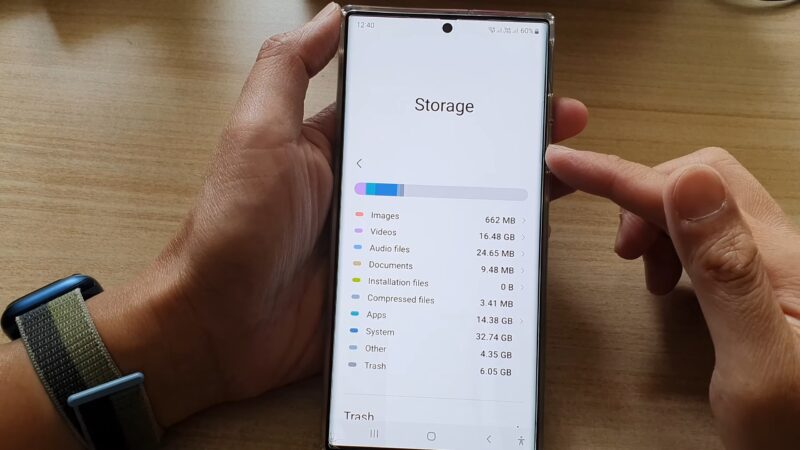
Insufficient storage space on your device can prevent Spotify from functioning correctly. Ensure you have at least 1 GB of free space. If space is tight, consider managing your downloads by removing some tracks. Spotify requires space not just for storing downloaded music but also for temporary files and data.
Regularly reviewing and cleaning up your downloaded playlists can help manage your storage effectively. Also, consider using an external SD card for storage if your device supports it, which can significantly expand your available space.
8. Clear App Cache
A corrupt cache can lead to various issues, including playback problems. Clearing Spotify’s cache on your device can help improve its performance and potentially fix the issue. This process removes temporary files that may be corrupted or take up unnecessary space.
Clearing the cache does not delete your downloaded music or playlists but can make the app run smoother. You can find the option to clear the cache in the app’s settings under ‘Storage’. Doing this regularly can help maintain optimal app performance.
9. Disable Hardware Acceleration
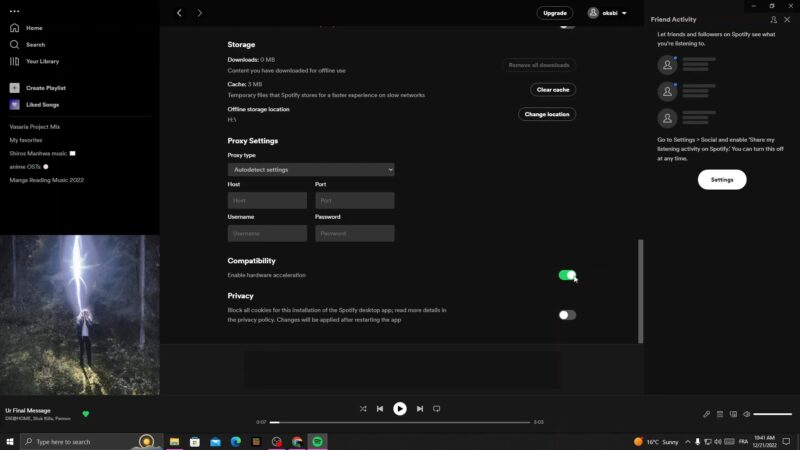
Hardware acceleration is designed to improve Spotify’s performance, but it can sometimes cause problems. Disabling this feature might help if you’re experiencing laggy playback. This setting uses your device’s hardware to speed up processing, but it can lead to issues on some systems.
You can find the option to disable hardware acceleration in the app’s settings, usually under the ‘Playback’ or ‘Advanced Settings’ section. Disabling it can lead to a more stable experience, especially on older devices or systems with limited resources.
10. Turn Off Crossfade Songs
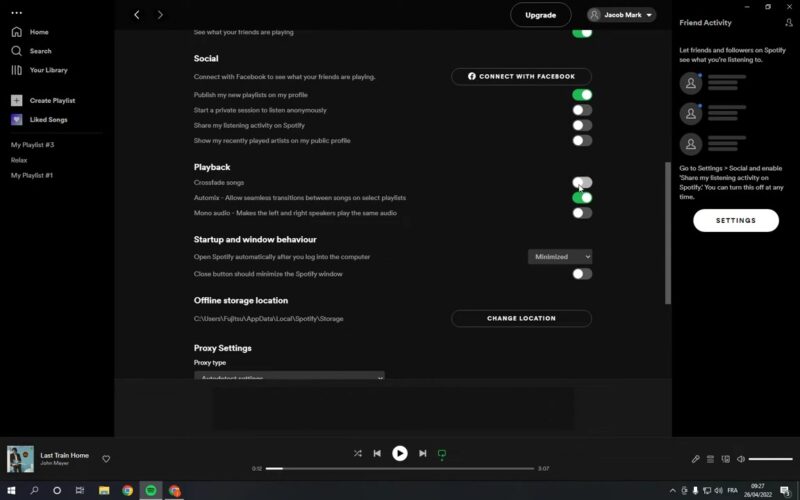
The crossfade feature, which ensures seamless transitions between tracks, can sometimes cause playback issues. Turning off the crossfade might help if you notice songs lagging or not playing correctly. While crossfade can enhance the listening experience by eliminating gaps between tracks, it can also demand more from your device’s processor.
You can adjust or disable crossfade in the app’s settings, typically under the ‘Playback’ section. Experiment with turning it off to see if it improves your playback issues.
11. Update Your Spotify
Running an outdated version of Spotify can lead to various issues. Ensure your app is up to date by checking for updates in the App Store or Google Play Store. Enabling automatic updates can keep the app running smoothly. Developers regularly release updates to fix bugs, improve performance, and add new features.
Staying updated ensures you’re getting the best possible experience with Spotify. If you’re using it on a computer, visiting the website can provide you with the latest version if automatic updates are not enabled.
12. Reinstall Spotify App
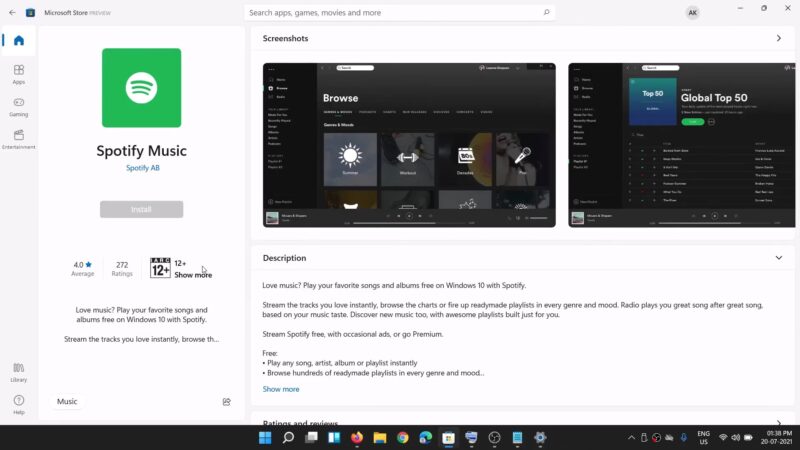
If all else fails, uninstalling and then reinstalling Spotify can help. This process can resolve deeper issues by giving you a fresh start with the app. Reinstallation removes any corrupted data and ensures you have the latest version of the app. Before uninstalling, ensure you have your login information handy, as you’ll need to sign in again after reinstalling.
On mobile devices, you can uninstall the app through your device’s settings or app drawer. For desktop users, uninstalling through the control panel or settings menu and downloading the latest version from Spotify’s website is recommended.
FAQs
What should I do if Spotify is only playing a few seconds of a song before skipping?
If Spotify plays only a few seconds of a song before skipping, it might be an issue with the song file itself or a temporary glitch in the app. Try playing different songs to see if the issue persists. If it does, log out, restart your device, and then log back into your account.
If the problem is isolated to specific songs, you can report the issue through the app to alert their technical team.
Can using a VPN affect Spotify’s ability to play songs?
Yes, using a VPN can affect Spotify’s ability to play songs. Spotify uses your location to manage the content that’s available to you, and using a VPN can cause location mismatches that might restrict playback. If you’re using a VPN and experiencing playback issues, try disabling the VPN to see if that resolves the problem.
Why does Spotify stop playing when my phone’s screen turns off?
This could be due to your phone’s battery-saver settings or app optimization features that restrict background data usage. Check your device’s settings to ensure Spotify is allowed to run in the background and that it’s not being put to sleep by any battery optimization settings.
How can I fix Spotify playback issues on my smart speaker or TV?
For playback issues on smart speakers or TVs, ensure your device’s firmware is up to date and that the app is the latest version. Try unlinking and then relinking your account to the device. If issues persist, restart your smart device and router to refresh the connection.
Why won’t Spotify play songs when connected to Bluetooth devices?
Ensure the Bluetooth connection is stable and that there are no interference issues. Try forgetting the Bluetooth device from your phone and then reconnecting. Also, check if the Bluetooth device has its own volume control and adjust accordingly.
If the problem continues, restart both your device and the Bluetooth device.
What should I do if I receive an error message saying a song is not available in my country?
If you receive an error message stating a song is not available in your country, it’s likely due to licensing restrictions. Spotify’s library can vary by region. While there’s no direct fix for this, you can explore similar tracks or artists, as there might be alternative versions of the song or similar music available in your region.
Keep checking back, as Spotify regularly updates its music library and available content.
Summary
Facing issues with Spotify not playing songs can be a minor setback in your daily routine. However, with these 12 fixes, you’re well-equipped to tackle the problem head-on. Whether it’s a simple app restart or a more involved solution like managing your downloads, there’s almost always a way to get your music streaming smoothly again.
Related Posts:
- How To Cancel Apple TV Plus Subscription? A…
- How To Connect & Watch Amazon Prime On Your TV? A…
- How To Record On YouTube TV? Step By Step Guide
- How Does Your Snap Score Go Up? 5 Ways To Increase…
- How To Install Kodi On Nvidia Shield And Nvidia Shield Pro
- Peloton Yoga Basics and Crucial Tips for New Yoga…

